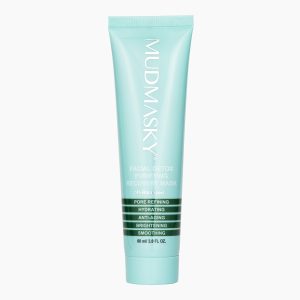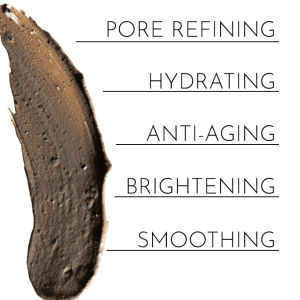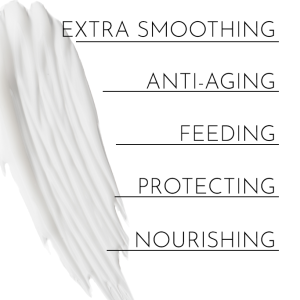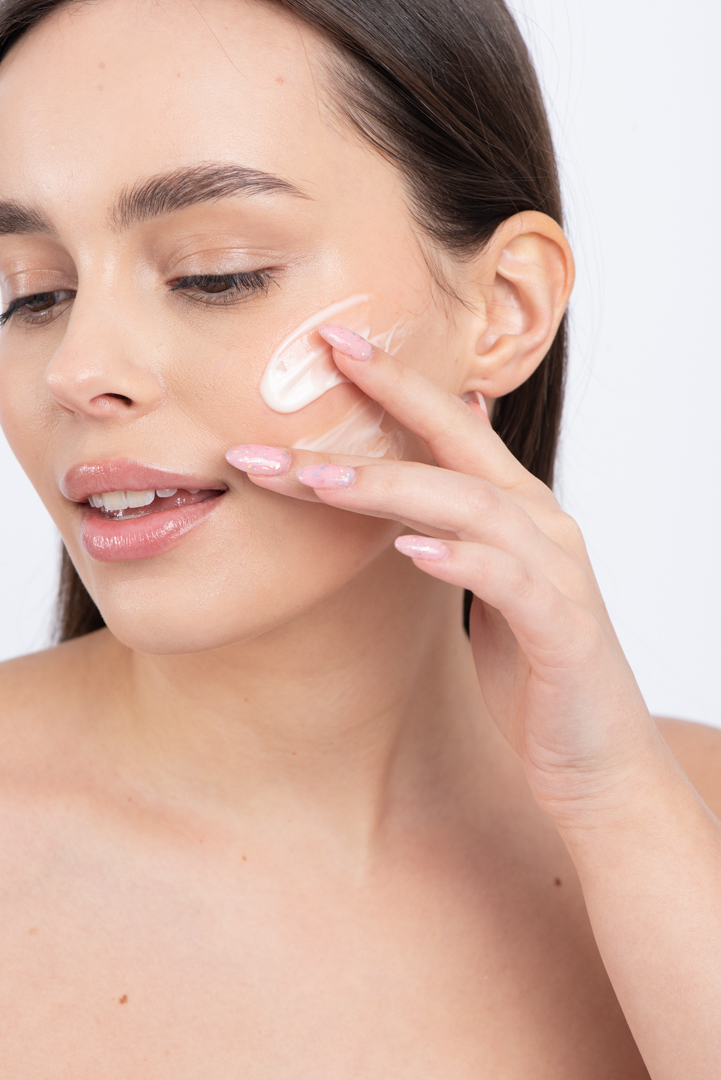Niacinamide, once hailed as a game-changing skincare ingredient, has now become an omnipresent and overhyped addition to nearly every beauty product on the market. While it offers some short-term benefits, its long-term effects and widespread inclusion in products are raising serious concerns. For many users, this “gentle” ingredient is anything but gentle, and it might just be ruining your skin.
Short-Term Benefits That Mask Long-Term Problems
Yes, niacinamide can offer a quick fix for certain skin concerns:
- It temporarily soothes inflammation, making redness or acne-prone skin appear calmer.
- It can brighten dull complexions and smooth fine lines in the short term.
- At low concentrations, around 2-5%, it can support the skin barrier by boosting ceramide production.
But these benefits often mask deeper problems that can emerge with repeated or prolonged use.
The Dark Side of Niacinamide: Why You Should Be Worried
- Widespread Irritation and Sensitivity
Despite being marketed as gentle, niacinamide has proven to be a major irritant for many users. Reports of burning, redness, and itching are alarmingly common, even at low concentrations.
For example, one Reddit user wrote, “Niacinamide makes my skin burn like fire. It’s in everything now, and I can’t escape it.” Another noted, “I used it to help with acne, but it gave me worse breakouts than I’ve ever had before.”For people with sensitive skin or conditions like rosacea, niacinamide often exacerbates the very problems it claims to solve. - Long-Term Sensitization Risks
Using niacinamide regularly, especially in multiple products, can lead to long-term sensitization. This means that even skin that once tolerated the ingredient may develop a negative reaction over time.
One commenter shared, “I used niacinamide for months with no problem, but now my face burns the moment I apply it.”Overexposure is a significant issue. Niacinamide is now added to nearly every skincare product, from cleansers to sunscreens to foundations, making it easy to unknowingly layer too much. - Unnecessary in Every Product
Scientific studies show that niacinamide is effective at concentrations as low as 2-5%, yet brands are flooding the market with products containing 10% or more. Worse, it is being added to products where it serves no real purpose, such as makeup and haircare.
One frustrated user noted, “It’s impossible to find a foundation without niacinamide. Why does it have to be in everything?”This overuse not only increases the likelihood of irritation but also limits options for people who need to avoid the ingredient. - Lack of Long-Term Research
While short-term studies highlight some benefits, there is little evidence to show what niacinamide does to the skin after years of continuous use. Could it disrupt your skin barrier, make your skin permanently sensitive, or worsen irritation over time? The truth is, we don’t know, and that’s a risk many people aren’t willing to take.
Why the Industry Won’t Stop Pushing Niacinamide
The overuse of niacinamide is a direct result of the skincare industry’s tendency to latch onto trends. Once an ingredient gains popularity, it gets added to everything, regardless of whether it is necessary or beneficial. Niacinamide is cheap to produce and easy to market as a miracle fix, which explains why it is now in products across every price range.
But this “more is better” approach doesn’t just harm your skin, it also makes it nearly impossible for consumers to avoid overexposure.
The Real Cost of Niacinamide Overload
For those whose skin reacts poorly to niacinamide, the consequences can be severe:
- Persistent Redness and Irritation: Many users report that their skin burns or turns red immediately upon application.
- Breakouts and Acne: Ironically, niacinamide, which is marketed as a solution for acne, has caused breakouts for countless users.
- Barrier Damage and Long-Term Sensitivity: Regular use of niacinamide in high concentrations may weaken the skin barrier over time, making your skin more prone to irritation and inflammation.
One commenter summed it up best, “It’s supposed to help with acne, but it destroyed my skin and left me worse off than before.”
What You Can Do If Niacinamide Is Ruining Your Skin
If niacinamide has caused problems for your skin, you’re not alone, and there are steps you can take to avoid it:
- Check Product Labels: Always check the ingredient list of any product before purchasing. Apps like INCIdecoder can help you identify niacinamide-free options.
- Simplify Your Routine: Avoid using multiple products with niacinamide to minimize overexposure.
- Explore Alternatives: Ingredients like azelaic acid, centella asiatica, or ceramides can provide similar benefits without the risks associated with niacinamide.
- Patch Test New Products: Especially if you have sensitive skin, always test a new product on a small area before applying it to your face.
Final Thoughts: Is Niacinamide Worth the Risk?
Niacinamide might offer some short-term benefits, but for many, it comes with serious drawbacks. Its omnipresence in skincare products, often in unnecessarily high concentrations, has made it a source of irritation and frustration for countless users. While it may work for some, the growing number of complaints suggests that this ingredient is far from the universal miracle it’s marketed to be.
If your skin reacts poorly to niacinamide, don’t ignore the warning signs. There is no one-size-fits-all solution in skincare, and it’s okay to skip the hype for the sake of your skin’s long-term health. Always listen to your skin, and don’t be afraid to push back against trends that might be doing more harm than good.
Sources used:
Final report of the safety assessment of niacinamide and niacin:
A double-blind, randomized clinical trial of niacinamide 4% versus hydroquinone 4% in the treatment of melasma:
Niacinamide uses for skin: benefits and side effects:
Topical niacinamide-containing product reduces facial skin sebum production:
Efficacy of topical niacinamide on skin hydration of adolescents with acne vulgaris:




